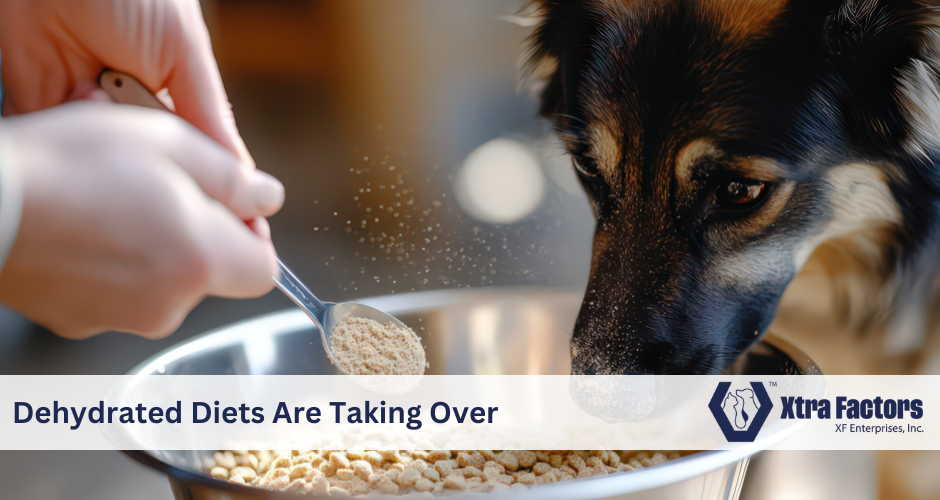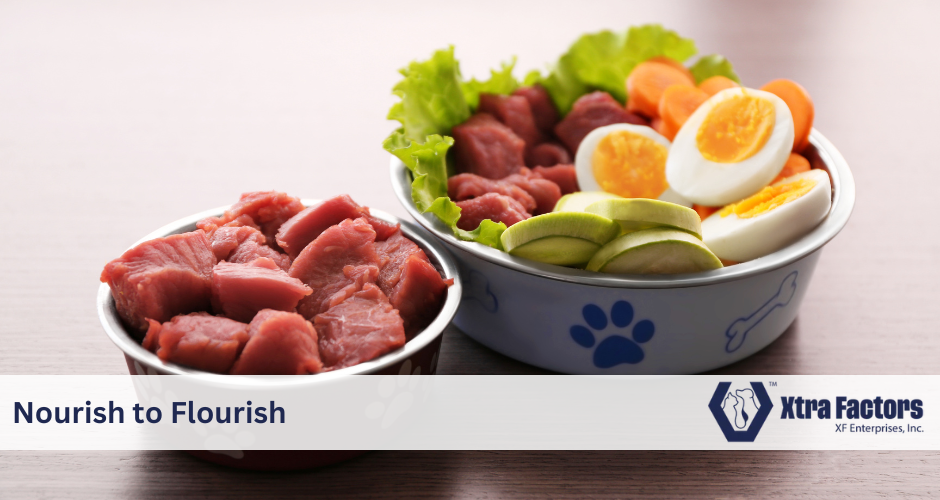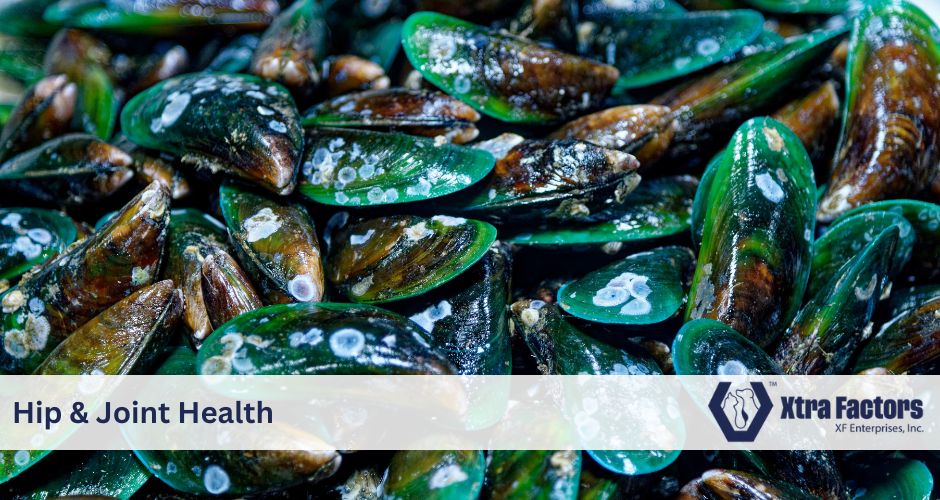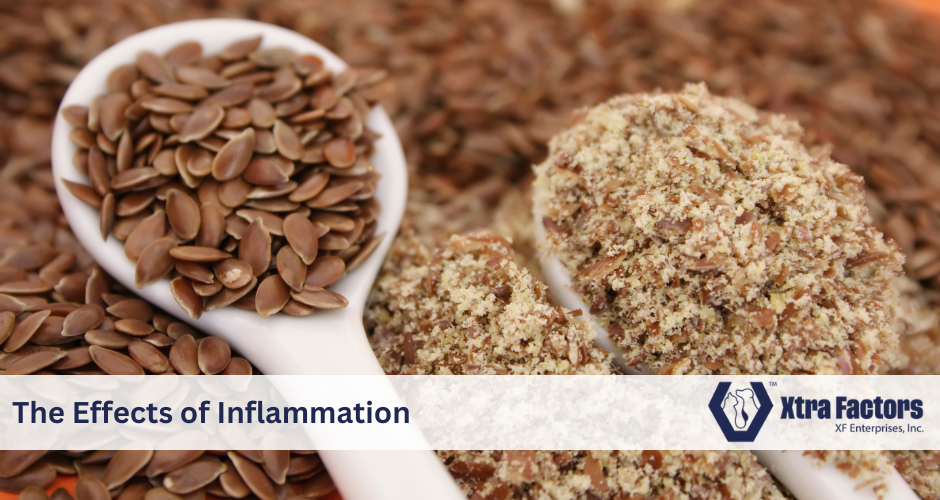Why Dehydrated Diets Are Taking Over the Pet Food Aisle

If you’ve walked into a pet store or scrolled through online retailers lately, you’ve probably noticed something new: dehydrated diets are popping up everywhere. Once considered a niche category, dehydrated pet food has quickly grown into one of the fastest-rising segments of the pet food industry.
So why are dehydrated diets suddenly in the spotlight? The short answer: they deliver what modern pet parents are looking for — more nutrition, less processing, clean labels, and convenience.
At Xtra Factors, we partner with pet brands of all sizes to bring dehydrated products to life, from concept and formulation all the way to manufacturing and packaging. In this article, we’ll break down what makes dehydrated diets so appealing, the trends driving their popularity, and why now is the perfect time for brands to jump in.
What Exactly Is Dehydrated Pet Food?
Let’s start with the basics. Dehydrated pet food is made by gently removing moisture from whole ingredients using controlled heat and airflow. This is different from extrusion (the process used to make kibble), which involves very high temperatures and pressure.
The result? A shelf-stable food that keeps much of its original nutrition and flavor intact. Pet parents simply rehydrate the food with warm water before serving, making mealtime quick and easy.
Think of it this way: kibble is like a heavily processed convenience food, raw diets are like fresh produce, and dehydrated sits right in the sweet spot between the two.
Why Pet Parents Are Making the Switch
Pet owners are becoming more label-savvy every year. They want their pets to eat as well as they do, and they’re willing to pay for it. Here are the key reasons dehydrated diets check the right boxes:
- Better Nutrient Retention
- Because dehydration uses lower temperatures, essential vitamins, minerals, antioxidants, and enzymes remain more intact compared to kibble. This means pets get food that’s closer to its whole-food form.
- Clean, Transparent Labels
- Pet parents increasingly want to recognize every ingredient on the label. Dehydrated diets often feature short, simple ingredient lists like “chicken, carrots, spinach, blueberries” rather than long lists of fillers, binders, or artificial preservatives.
- Convenience Without the Mess
- Raw diets may be nutrient-dense, but they’re not always practical. They require freezer space, careful handling, and thaw time. Dehydrated food solves those issues by being lightweight, portable, and shelf-stable — while still being easy to prepare with just a little warm water.
- Digestibility & Palatability
- Dehydrated food tends to be highly digestible, making it a great option for pets with sensitive stomachs or allergies. The taste is also a big win — most dogs and cats love the smell and flavor once rehydrated.
- Food Safety Assurance
- Raw diets can carry risks of bacterial contamination if not handled properly. Dehydration removes enough moisture to create a stable product that’s far less prone to harmful bacteria growth, offering peace of mind to cautious pet parents.
The Bigger Picture: Why the Market Is Growing
This rise in popularity isn’t happening in a vacuum. Dehydrated diets fit neatly into several broader consumer trends:
- The Humanization of Pets: Pet owners increasingly see their pets as family and want to feed them “real food” that mirrors their own diets.
- Premiumization: Pet parents are willing to pay more for higher-quality, nutrient-dense products. Dehydrated diets carry a premium price tag, but they also deliver strong perceived value.
- Convenience Culture: Busy lifestyles mean families want pet food that is easy to prepare and travel with, without sacrificing nutrition.
- Sustainability Concerns: Compared to frozen diets, dehydrated food often requires less packaging, lighter shipping weight, and less energy to store.
- E-Commerce Growth: Lightweight, shelf-stable diets are ideal for online ordering and subscription services, fueling adoption through digital channels.
In fact, according to recent market reports, the global freeze-dried and dehydrated pet food market is expected to grow at a double-digit CAGR through 2030, signaling long-term opportunity for brands who get in now.
Dehydrated Diets vs. Kibble: A Quick Comparison
To really understand why pet parents are gravitating toward dehydrated products, it helps to look at how they compare to traditional kibble:
| Factor | Kibble | Dehydrated Diets |
|---|---|---|
| Processing | High heat, extrusion | Low heat dehydration |
| Nutrient Retention | Moderate to low | Higher |
| Shelf Life | 12–18 months | 12–24 months |
| Storage | Easy | Easy |
| Preparation | Scoop & serve | Rehydrate with water |
| Palatability | Moderate | High |
| Perception | Highly processed | Premium, “whole-food like” |
This side-by-side view highlights why more consumers are ready to pay extra for the added benefits.
Ingredient Opportunities in Dehydrated Diets
One of the most exciting parts of working with dehydrated diets is the room for ingredient innovation. Brands can stand out with:
- Novel proteins like duck, venison, bison, or salmon
- Functional add-ins such as turmeric for joint support or probiotics for gut health
- Superfoods like kale, blueberries, pumpkin, or chia seeds
- Limited ingredient formulas for pets with allergies or sensitivities
Because dehydration preserves much of the ingredient’s integrity, pet parents can actually see the quality in the food — visible pieces of meat, vegetables, or fruit add to the premium feel.
Why Brands Are Adding Dehydrated Lines
For manufacturers and pet brands, dehydrated diets aren’t just a passing fad — they represent a strategic growth opportunity. Here’s why more companies are exploring this space:
- Product Differentiation: Most shelves are dominated by kibble. Adding dehydrated options helps a brand stand out.
- Customization Potential: From grain-free to single-protein recipes, the possibilities are almost endless.
- Premium Price Point: Consumers expect to pay more, which can improve margins.
- Market Expansion: Dehydrated products work well in retail, e-commerce, and subscription box models.
At Xtra Factors, we specialize in private label dehydrated pet food manufacturing. Whether you’re a startup looking to break into the market or an established brand ready to expand, we provide the expertise, equipment, and ingredient access to make it happen.
The Future of Dehydrated Pet Food
So, where is this trend heading? All signs point upward. As pet parents continue to look for healthier, cleaner, and more convenient ways to feed their companions, the demand for dehydrated diets will only grow.
We expect to see even more innovation in:
- Functional diets tailored to joint health, skin & coat, digestion, or immunity
- Sustainable proteins such as insect meal or algae-based omega sources
- Hybrid products combining dehydrated bases with freeze-dried toppers or supplement inclusions
- Personalized nutrition via direct-to-consumer models and custom blends
For brands, the real question isn’t “Should we add dehydrated diets?” but rather “When will we start?” Those who get in early will be better positioned to build loyalty as the category matures.
Final Thoughts
Dehydrated diets have gone from niche to mainstream in just a few years — and the momentum shows no signs of slowing. They hit the sweet spot of nutrition, safety, and convenience, making them a smart choice for both pet parents and the brands who serve them.
At Xtra Factors, we’re proud to help pet companies of all sizes design, manufacture, and launch dehydrated products that truly stand out. Whether you want to develop a single-protein line, add functional toppers, or create a full menu of custom recipes, we’ve got the tools and expertise to make it happen.
The future of pet food is moving beyond kibble. If your brand wants to lead instead of follow, dehydrated diets might just be the next big step




